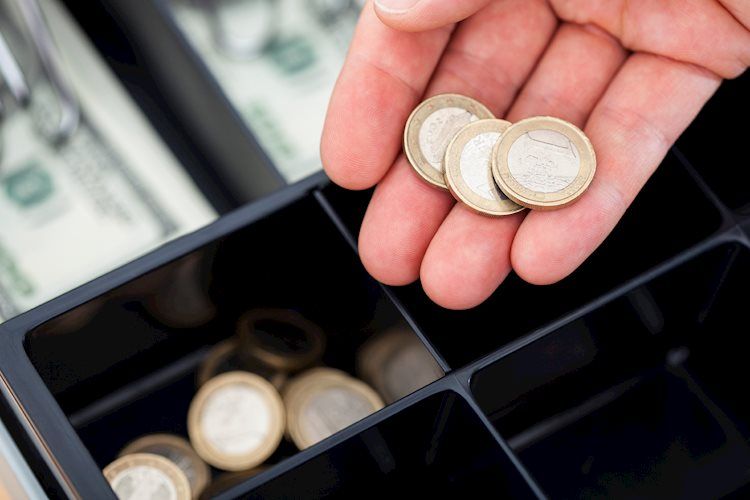The EUR/USD currency pair has risen to 1.0870 as the US Dollar experiences a decline due to soft US inflation and weak Retail Sales data. The US inflation data decreased in April, following a period of higher inflation in the first quarter of the year. ECB’s Wunsch has indicated that the likelihood of two rate cuts is very high, further contributing to the weakening of the US Dollar.
In response to the decline in US consumer inflation and stagnant Retail Sales, EUR/USD has refreshed a monthly high near 1.0870. This has led to a bullish market sentiment, with S&P 500 futures posting gains and an improvement in investors’ risk appetite. The US Consumer Price Index (CPI) softened in line with expectations, with core inflation and monthly CPI also meeting estimates. Retail Sales in the US remained stagnant in April, pointing towards potential challenges in the economy.
Investors are optimistic about the Euro’s performance, especially as the Federal Reserve’s plans for higher interest rates may delay the European Central Bank’s normalization of policies. ECB policymaker Wunsch has mentioned that rate cuts by the ECB are likely, but may be affected by the actions of the Fed. Historically, a wider policy divergence between the Fed and the ECB has favored the US Dollar against the Euro, but current circumstances may lead to a different outcome.
EUR/USD’s technical analysis shows a move higher to 1.0870, breaking above resistance levels. The currency pair is within a Symmetrical Triangle pattern, with potential for a breakout that could favor Euro bulls. The 14-period Relative Strength Index is indicating bullish momentum, depending on its sustained levels.
The Consumer Price Index ex Food & Energy (YoY) is an important economic indicator that measures inflationary or deflationary tendencies by tracking the prices of a representative basket of goods and services. This data is released monthly by the US Department of Labor Statistics and is crucial in understanding price pressures in the economy. A high reading is typically bullish for the US Dollar, while a low reading is seen as bearish.
In conclusion, the rise of EUR/USD to 1.0870 is a result of the weakening US Dollar, driven by soft inflation data and stagnant Retail Sales in the US. The market sentiment has turned bullish, with investors showing confidence in the Euro’s performance. The technical analysis indicates a potential breakout for the currency pair, with the RSI suggesting bullish momentum. The Consumer Price Index ex Food & Energy continues to be a crucial indicator in understanding inflation trends and their impact on the currency markets.










